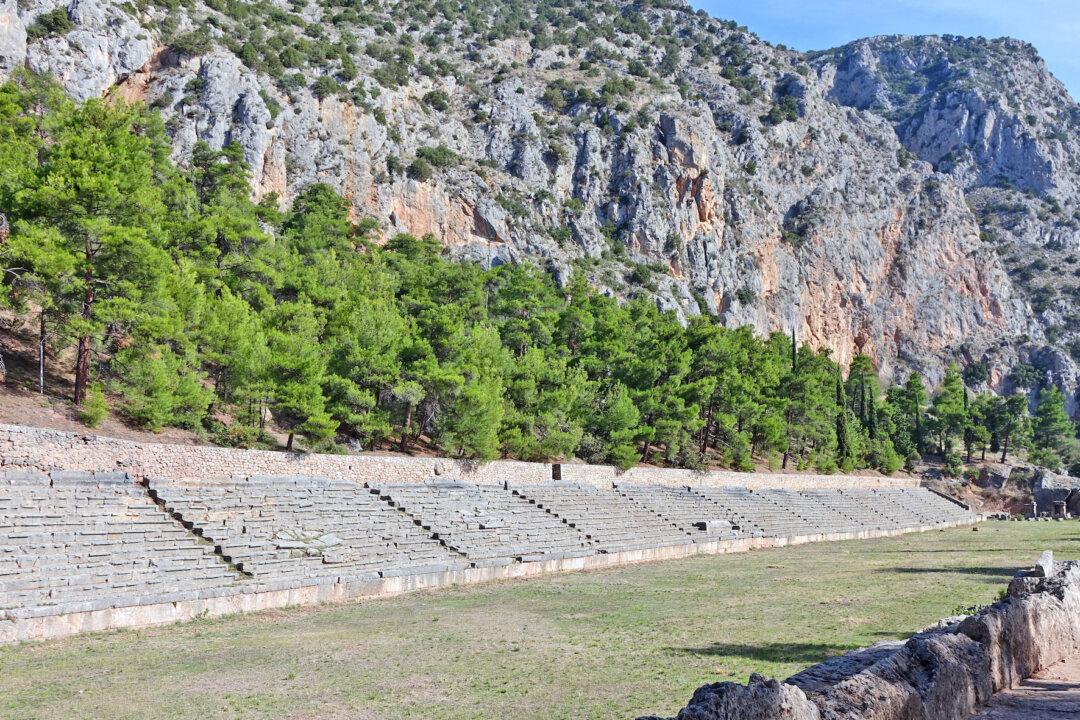When traveling in a country as old as Greece, ancient ruins can quickly go from magnificent to mind-numbing. Great—yet another nameless hill with more stony remnants of people from centuries past. Just because something dates from BC doesn’t mean it has to be seen. Be selective about your ancient sightseeing. Three of my favorite Greek sites to ruminate over ruins are Delphi, Epidavros, and Mycenae. All are within three hours of Athens—and all are well worth the trek.
Perched high on the slopes of Mt. Parnassus, Delphi (pronounced dell-FEE) was one of the most important sights in the ancient world. People would journey here from all over to seek wisdom from the oracle, who served as Apollo’s earthly mouthpiece. By the sixth century BC, Delphi had become so influential that no great leader would make a major decision without first sending emissaries to consult the oracle. Because so many people would come and spill their truth about the state of their homelands, Delphi became the database of the ancient world. And the priests (there to interpret the oracle’s riddles and rants) learned more than enough to dispense divine-quality advice.





